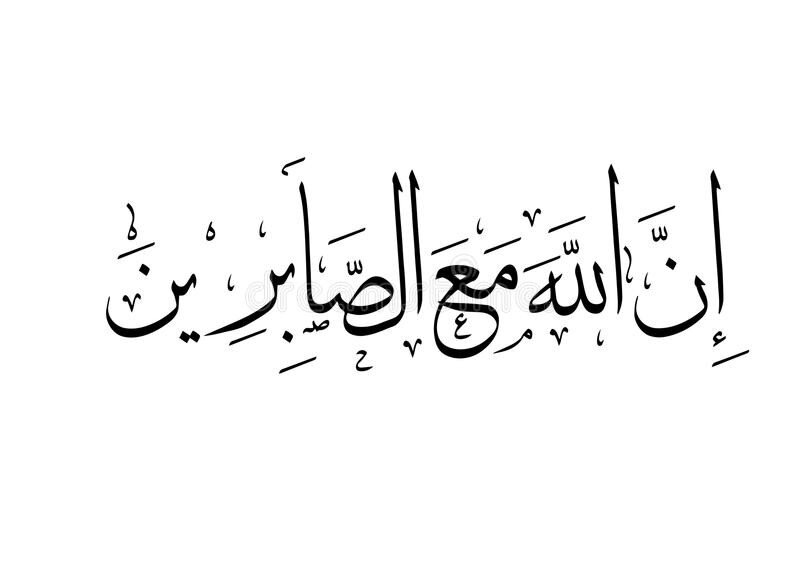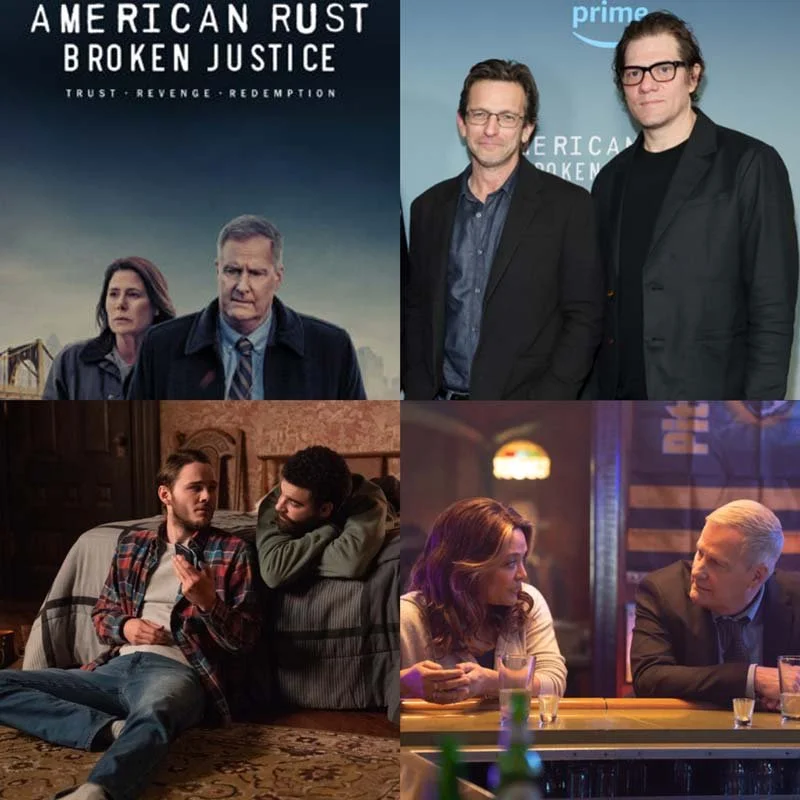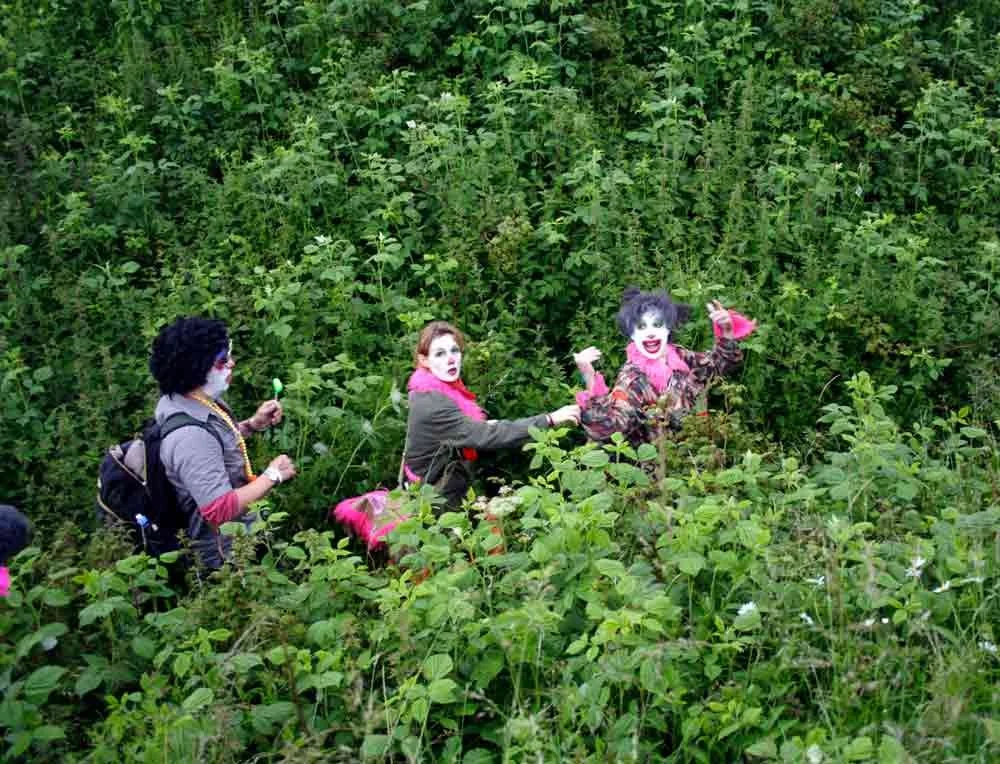Arabic Calligraphy الخط العربي https://fr-fr.facebook.com/Arabic.Calligraphy/
We are losing many languages. At the same time, cultural phenomena
such as handwriting disappear, which is why I devote or dedicate
my Instagram to doodling and handwriting.
–HANS-URLICH OBRIST
Artistic Director, Serpentine Gallery
When one thinks of calligraphy, the first words that come in mind are preciseness, distinctness, measure, and beauty.
From kallos -beauty- and graphein -to write-, calligraphy is the art of beautiful handwriting. It involves writing letters and other signs used in communication in a way that reveals the aesthetics and correct form of the latter.
Calligraphy involves a minutious process requiring the skill of paying attention to the size, proportions, and ordering of the letters in a way that the “knowledgeable eye will recognize such composition as a work of art.”(1) Mastership, unity, and originality are also decisive. Unlike conventional writing systems though, calligraphy cannot be reduced to legibility.
Calligraphy is one of the oldest artistic practices, developed in parallel with the development of script systems across the globe.
In the Arab world, it is of primary importance. Its meaningfulness lies in between the written letters and beyond its aesthetic value.
It is the embodiment of Arab culture and history, and a celebration of Islamic art. As such, it has been appreciated and highly regarded by Arabs since the early stages of Islam and Arabic writing development.
A verse from the Quran in Arabic calligraphy translation: Indeed, Allah is with the patient. Islamic art vector illustration, https://bit.ly/3h50ly0
Calligraphy has been tightly linked to the Islamic religion and civilization. The Quran, book of revelations in Islam, is written in the classical Arabic language. The latter language has long been established to have the “potential for developing a variety of ornamental forms, (…) with a definite aesthetic appeal, (…) including underlying talismanic component.” (2) Thus, Arabic calligraphy serves not only to transmit information in a decorative form but also to allow a form of creative expression that reveals Islamic spiritual values.
Pablo Picasso, a very influential Spanish artist, said: “If I had known there was such a thing as Islamic Calligraphy, I would never have started to paint. I have strived to reach the highest levels of artistic mastery, but I found that Islamic Calligraphy was there ages before I was.”
Calligraphy by Mariam Al-Ali
To learn more about it, Emirati calligraphy artist, Mariam Al Ali, joins us today to share more on her passion for Arabic calligraphy.
THE CREATIVE PROCESS
Let us start with the beginning. How did you become interested in calligraphy?
MARIAM AL ALI
My interest in Arabic calligraphy stems from my deep interest in Arab culture, lifestyle, and heritage. More specifically, it developed from my passion for Arab music, the lyrics, and poetry verses of which always fascinated me. Arab songs usually contain Arabic poetry, used as lyrics. After a while, I noticed that I would find songs’ lyrics resounding in my head hours after listening to them. One day, I felt driven to write down some words that wouldn’t leave my mind. I wanted to write them in a decorative way, one that not only appealed to my aesthetic taste but that also best translated the meaning behind them.
Calligraphy by Mariam Al-Ali
I was amazed by the result: the aesthetics and general vibes stemming from the final work blew me away. I have been addicted to it ever since.
THE CREATIVE PROCESS
What do you think explains calligraphy’s appeal within Arab culture?
AL ALI
The history of Arabic calligraphy is linked with that of Islam and Islamic precepts.
When Islam appeared in the Arabic peninsula, Muslims had to avoid figures and pictorials which were used as idols before.
Furthermore, the first Muslims used specific scripts to document the Quran, which developed into more elaborated shapes over time. Later, calligraphy was incorporated into a variety of Arab arts: from design to architecture.
THE CREATIVE PROCESS
Calligraphy is an art that requires one to showcase a particular set of skills: the precision of the writing, the mastership of the shape of the letters, and a quest for unity behind an apparent diversity… How did you learn your craft and develop your skills?
AL ALI
I am entirely self-taught. In the beginning, I started learning simply by looking at the work of professional calligraphy artists that I liked, and by copying them. I also paid attention to specific scripts, pictures, and designs found online that caught my attention.
I would say that I learned by first copying styles and script designs that appealed to me online. I noticed that the more I practiced, the deeper I learned visually, the more I started noticing patterns and differences in the types of scripts I was coming across.
Once my hand became more flexible and comfortable doing it, I delved into the more technical aspects of calligraphy. I progressively learned the rules, measurement techniques, and forms. I don’t consider myself a professional yet, but I am working towards it.
THE CREATIVE PROCESS
What do you think makes a successful calligrapher? What helped you progress?
AL ALI
Practice. Practice.Practice.
Setting an hour or two every other day to practice is essential to advance and maintain a connection with my pens. Doing so helps me develop muscle memory with every curvature of every letter and makes it easier to get back should I start feeling a little rusty. Calligraphy is not something you learn overnight, nor is it a skill that you acquire as soon as you get the step-by-step manual. This takes me to my second point, which is patience. My patience and attentiveness to details in my daily life are what sparked my connection with this art and urge fellow amateurs to follow my advice and enjoy the process!
Mariam Al-Ali can be reached on maa1002@nyu.edu.
Her Instagram page is @meryamahh.
Bibliography:
-Nash, Ray, Pinder-Wilson, Ralph, “Calligraphy”, Introduction, Encyclopædia Britannica, inc, February 22, 2019.
-Department of Islamic Art. “Calligraphy in Islamic Art.” In Heilbrunn Timeline of Art History. New York: The Metropolitan Museum of Art, 2000–2001.
-Picasso, Pablo, quote at https://quotefancy.com/quote/884486/Pablo-Picasso-If-I-had-known-there-was-such-a-thing-as-Islamic-Calligraphy-I-would-never
























































